Did you know entry-level tire construction engineers, compounders and designers aren’t allowed to touch a new tire for a year or two? That’s because tire design and development isn’t part of any college curriculum. The making of a competent tire engineer isn’t the job of a college professor. That task belongs to veteran tire company technical types who serve as mentors.
That means only experienced engineers and chemists are making decisions about the tires you sell. These seasoned vets constantly make running changes in tire technology to improve such things as noise, vibration and harshness, as well as handling characteristics, tread life, braking, water dispersion, and even better gas mileage. And the process never stops.
In this article, the first of four, you’ll get a dose of “plain English” explanations about tire pieces and parts. Tire buyers count on you to explain the complexities of a tire. With all of the advanced technology we’ve seen in recent years, and all of the accompanying acronyms, we’ve lost touch with the basics. How, after all, can you explain to a customer why a tire performs as it claims if you don’t understand more than the acronyms?
A tire must not only look like it can get the job done; it must have the guts to perform the tough work it is asked to do. It must equal or exceed the design intention of every engineer who gives it life. And it must do so with its basic components: the bead, the sidewall, the belt package, the tread compounds and the tread design.
We’ll begin with a close look at the bead and sidewall areas of the tire. In future issues, we’ll address the other primary components.
The Bead Area
In the simplest language, the bead is a loop of high-tensile steel cable coated with rubber. Its primary mission is to provide the muscle a tire needs to remain seated on the rim flange and to pass along the forces between the tire body plies and the wheel.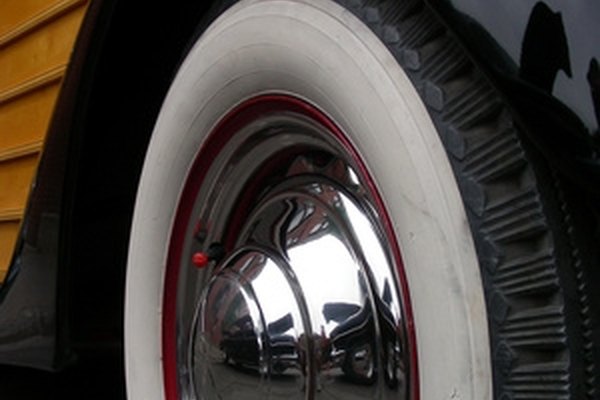
Sometimes called the bead bundle, the bead must also be tough enough to handle the forces encountered by tire mounting machines.
Typically, a bead bundle is comprised of about one pound of large monofilament steel cords. The cord is coated with rubber and then wound into a properly sized loop based on the designed wheel diameter. The resulting bundle is then wrapped with a ribbon of rubber-coated ribbon material. Depending on the tiremaker or the product, the resulting bead hoop can be square, rectangular, octagonal or oval in shape.
Of course, it’s impossible to talk about the bead bundle without mentioning the tire’s body plies. Keep in mind that body plies run from bead to bead, looping down and around the bead bundle, which holds them in place.
In most cases, a passenger tire casing has one or two body plies, which can be made of polyester, steel or nylon. We’ll talk more about the casing later, but it’s important to note how the bead bundle fits into the overall tire design as it relates to body plies.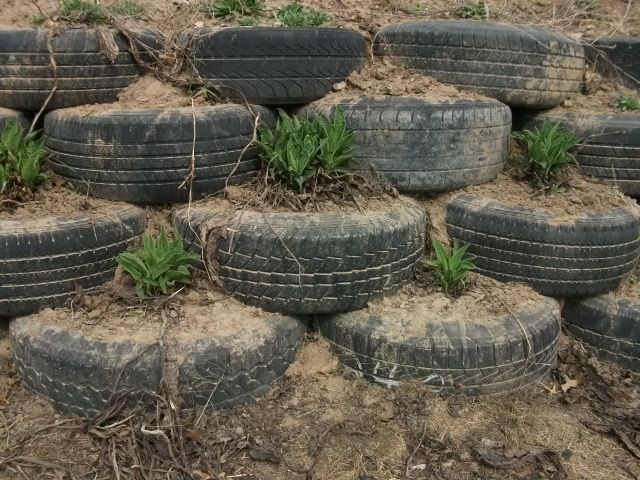
At The Apex
Next, let’s look at the bead apex filler – a hard or soft rubber compound that envelopes the bead and extends up into the sidewall. If the tire is a high profiler designed to provide a boulevard ride, the bead apex filler will be softer. However, on a low-profile ultra-high performance tire, the bead apex will be much harder and extend further into the upper sidewall area for added stiffness.
Generally speaking, a low-profile tire with a stiffer sidewall (and a harder bead apex filler) rides rougher but delivers better handling. A softer sidewall (with a softer compound bead apex filler) provides a softer, more comfortable ride.
Another function of the bead apex filler is to create a smooth contour for the body plies around the bead wire in the lower sidewall area.
The remaining component in the bead area is the bead chafer, or chafer strip. Its mission is to protect the bead area from rim chafing, mounting/dismounting damage and to prevent the tire from rotating on the rim. Chafer strips are made of a hard, durable compound rugged enough to withstand the forces working against it.
Chafer strips are made of a hard, durable compound rugged enough to withstand the forces working against it.
In quick review, the bead area of any tire is made up of a bead bundle, a bead apex filler and a bead chafer. Each has a separate job, yet each piece must rely on the other to function the way tire construction engineers intended.
The Sidewall
Now that we have the tire firmly attached to the wheel, the bead wire well protected, and the body plies safely wrapped around the bead, let’s move up to the sidewall.
Tire sidewalls vary in thickness from the shoulder area to the bead area. In the thinnest part, typically in the middle to upper area, most sidewalls are between 6- and 15-mm thick – about 1/4- to 5/8-inch thick. The differences are dependent upon tire application – thinner for ride comfort street tires (S- or T-rated), thicker for off-road light truck tires that require significantly stronger sidewalls.
You should also know that the sidewall and bead areas of a tire represent about 30% of a tire’s total weight.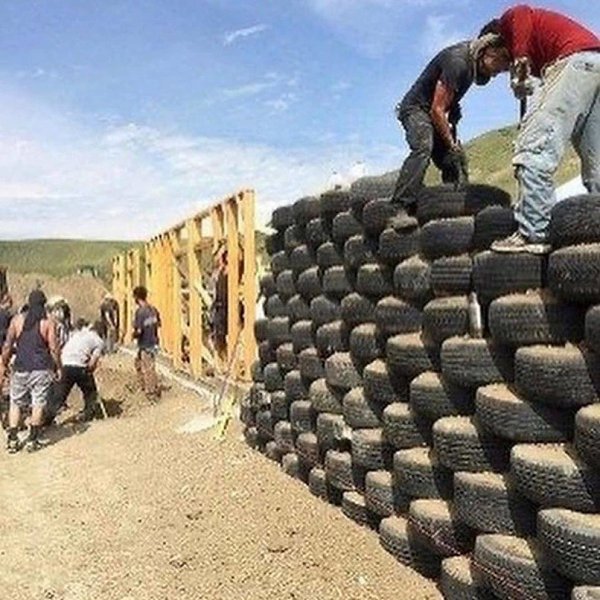 Multiple sidewall plies are typically a blend of natural and synthetic (butadiene) rubber.
Multiple sidewall plies are typically a blend of natural and synthetic (butadiene) rubber.
Keeping that in mind, a sidewall’s primary mission is to transmit force from the ground to the vehicle via the wheel. Inflation pressure holds the sidewall out where it’s supposed to be, allowing it to help carry the load.
The sidewall is also responsible for maintaining lateral stability as hard cornering and/or braking forces are transmitted through the sidewall to the bead.
Engineering at Work
As these forces push and pull their way though the sidewall and bead area, we see some of the finest engineering in the world at work. The body plies, always under compression, are assembled in such a way that the forces working against them are passed to the vehicle via the strong contact between the bead wire, the chafer strip and the wheel’s rim flange.
All of this assumes that the tires are properly inflated. Driving on an underinflated tire results in unwanted sidewall deflection. Such deflection can be more than the tire was designed to handle, resulting in too much heat generating flexing and life-shortening possibilities for the tire over time.
Such deflection can be more than the tire was designed to handle, resulting in too much heat generating flexing and life-shortening possibilities for the tire over time.
Acceleration also does its best to shorten tire life. Step on the accelerator, and you pull the tire components forward, bending and twisting them in the process (If you’ve ever witnessed a rear drag race tire work in slow motion, you’ve seen an extreme example of this phenomenon.). Step on the brakes, and the forces at work stress the rubber in the opposite direction.
Ultra-high performance tires handle these assignments well because of compounding and design technologies employed in the tread area, which we’ll talk about in a future Tire Tech.
To be clear, it is the sidewall and bead areas that deliver all of the real performance and driver comfort.
Sidewalls also face another force: the elements. Weather and ozone can cause cracking and weather checking. That’s why a tire’s sidewall is loaded with a host of materials like anti-oxidants, anti-ozonants and paraffin waxes.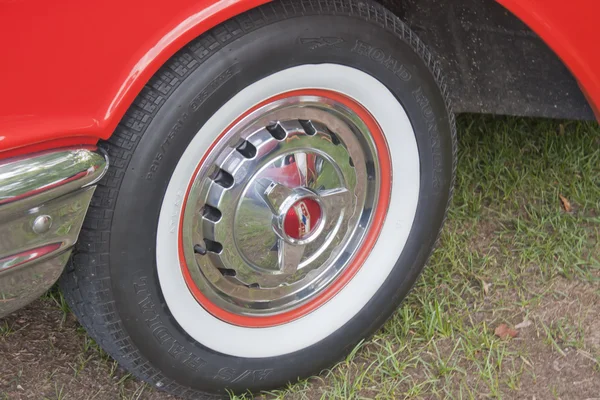
Bounce-Back Factor
The ideal bead and tire sidewall combination offers low hysteresis (for low energy consumption), good tear strength and low heat generation. These properties and characteristics contribute to low rolling resistance, which, in turn, contributes to better gas mileage.
In tire-speak, low hysteresis represents the ability of a tire to return to its normal shape after encountering severe deflection or opposing force. Think of dropping a super ball (low hysteresis) and a ball of Play-Doh (high hysteresis). The super ball bounces very high because it doesn’t absorb the energy. Play-Doh doesn’t bounce because it absorbs all of the energy.
The rubber used in tires must fall somewhere in between, yet be a lot stronger than Play-Doh. Its job is to absorb some of the energy, which is converted into heat.
A tire’s innerliner, one of the first building steps in the production of a radial tire and the last item we’ll talk about in this installment, functions like an inner tube and is the unseen part of a tire and its sidewall.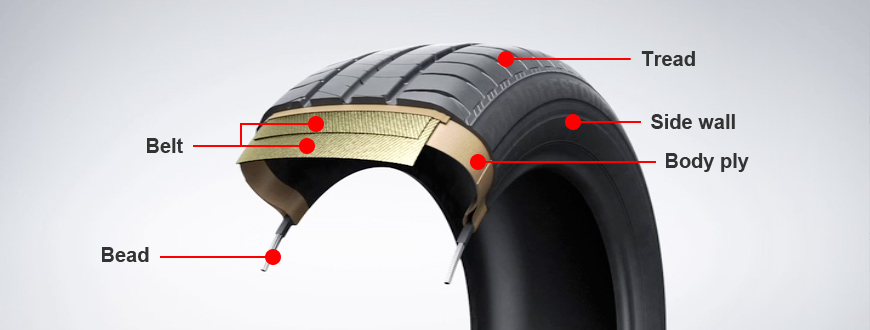
An innerliner is made up of low-permeability rubber laminated to the inside of a radial tire. Its mission: to keep air in the tire. Typically, it is made of butyl rubber, which is not reactive with oxygen. A small amount of rubber (synthetic isoprene) is added to allow the innerliner to adhere to the body plies during vulcanization.
In the next Tire Tech, we’ll explore the role of the belt package. If you require further elaboration on what we’ve talked about in Part 1, please drop me an e-mail at [email protected].
Mini Glossary of Basic Tire Terms
Bead: The tire part made of steel wires, wrapped or reinfored by tire cords and shaped to fit the rim flange. The bead anchors the body cords of the tire to the rim so that they may resist external and internal (pneumatic) forces.
Bead area: That part of the tire structure surrounding and in the immediate area of the bead wire hoop. Consists of fabric components and shaped rubber parts to provide a tight fit to the contour of the rim flange, resistance to chafing at rim interface and flexing support for the lower sidewall.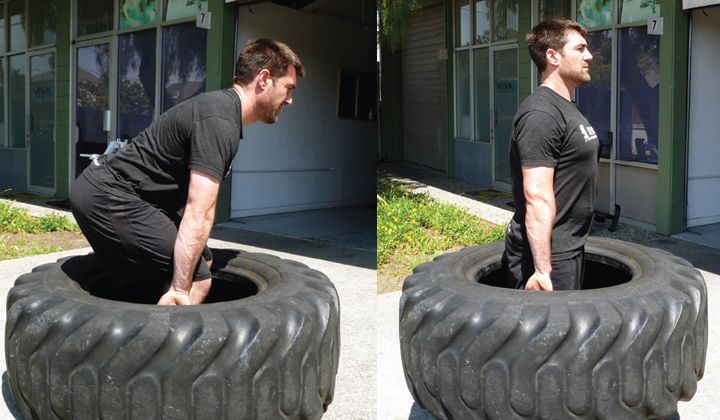
Bead filler (apex): A rubber compound filler smoothly fitting the body plies to the bead.
Bead heel: Rounded part of bead contour, which contacts rim flange where the flange bends vertically upward.
Bead reinforcement: A layer of fabric located around the bead area outside of the body plies to add stiffness to the bead area.
Bead separation: Failure of bonding between components in the bead area.
Bead wrap: Subsequent to forming of the bead, for some manufacturers, the bead is wrapped with a fabric similar to friction tape.
Body (carcass; casing): The rubber-bonded cord structure of a tire (integral with bead) containing the inflation-pressure-generated forces.
Body ply turnup (turnup plies): Ends of body plies in a tire, which are wrapped under the bead wire bundle and extend up the sidewall.
Chafer: A layer of rubber compound, with or without fabric reinforcement, applied to the bead for protection against rim chafing and other external damage.
Flange: The upward curved lip of a wheel rim, which contacts the outer surface of the tire bead.
Flex cracking: A cracking condition of the surface of rubber resulting from repeated bending or flexing.
Flipper: A partial ply wrapped around the bead coil but not extending the full height of the sidewall.
Innerliner: Innermost layer of rubber in a tubeless tire, which acts as an inner tube in containing the air.
Innerliner separation: Separation of tire innerliner from tire carcass, resulting in air loss.
Ply turn-up: The portion of body plies passed around the bead coil.
Sidewall: The portion of either side of the tire that connects the bead with the tread.
If you’re like most drivers, you probably don’t give much thought to your car’s tires until there’s a problem.
And while a tire blowout or flat may be the most obvious indication that it’s time for a new set of rubber, other types of damage can also signal the need for a replacement.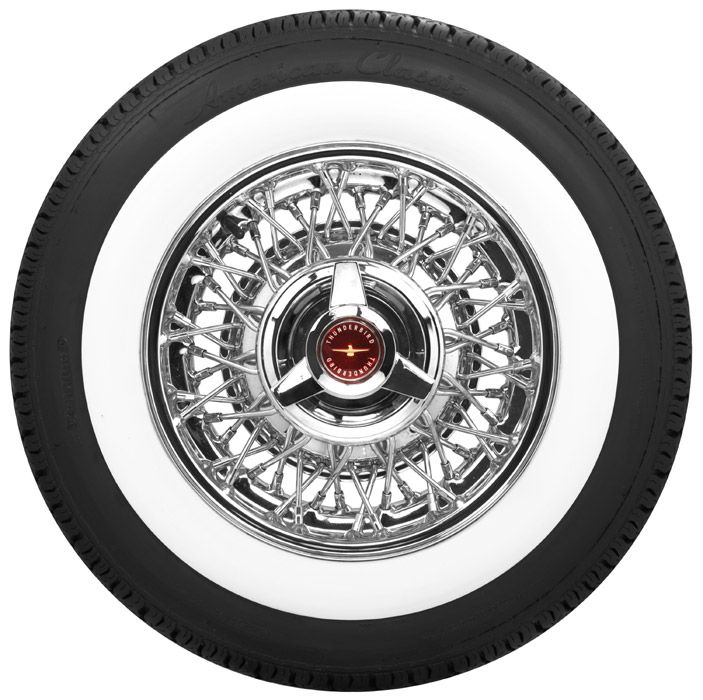
One such type of damage is sidewall wear or damage. So, what is tire sidewall damage, and when should you replace a tire because of it? Read on to find out.
A sidewall tire damage is what it sounds like; damage to the tire’s sidewall, meaning the damage is on the side of the tire and not the tire tread. Damage to the tire’s sidewall is not repairable in most cases.
You can often spot one by seeing a deep scratch or a bubble on the tire’s sidewall. This can come from a small accident or if you drove too close to the road’s curb.
It can also happen because of sticks or other sharp things along the road. A sidewall tire damage is really bad to drive around with, and now we will explain why.
No, a tire sidewall damage is not safe to drive with. The sidewalls of the tires are much more sensitive than the tread area. In many cases, the damage is damaging the whole structure of the tire, and it can cause it to blow at any moment.
This does also depend a little bit on how big the scratch or damage is. If the scratch is small and super-shallow and does not reach the threads, it is probably not something you should worry too much about.
A rule of thumb for determining how much sidewall tire damage is too much is that if you can see the threads in the damage, it is definitely time to replace the tire.
The threads are often located 1/8″ to 3/16″ (3mm to 4.5mm) into the tire, but to determine exactly if you need to replace the tire or not, you need to look at the damage itself.
If there is an air-bubble on the tire’s sidewall, you need to replace it straight away because there is a big risk that it will blow at any moment.
To be sure that nothing serious will happen to the tire, you should let an expert look at the damage.
Find a repair shop that is not selling tires and ask them. If you go to a repair shop that is selling tires, it is a big chance that they will want you to buy new tires.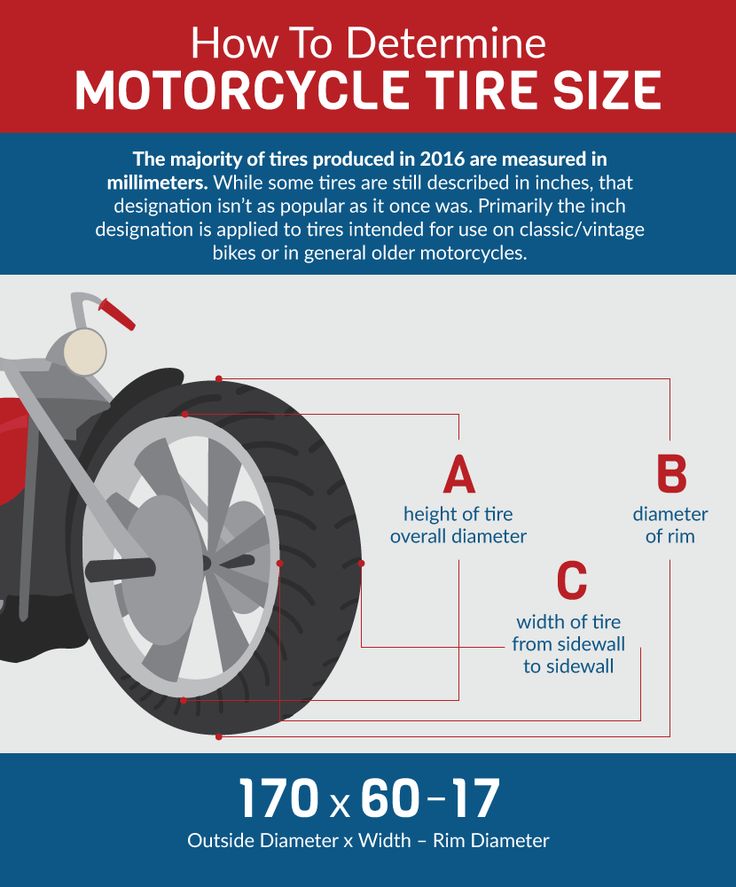
A sidewall tire damage that reaches the threads should never be repaired because it damages the tire’s whole structure.
If the tire’s sidewall has a bubble, it is not fixable either, and small punctures should either not be repaired.
The only time you can glue together a sidewall tire damage if it is a super shallow scratch that is not reaching the threads.
However, if the scratch or damage is this shallow, there is no point in gluing it either, so I would say that you should never repair a sidewall tire damage.
RELATED: Can You Patch a Hole in the Sidewall of a Tire?
There are a lot of things that could cause tire sidewall damage. Mostly it is because of sharp objects you were hitting with the sidewall of the tire by accident. It can also be caused by age or driving around with too little air pressure in the tires.
Here are the common causes of tire sidewall damage:
If you change the tires on the drive wheels, you should change both tires because the different tire diameters will stress the transmission.
If you replace the tires on the rear of a front-wheel drive car, for example, you can replace just one tire.
If you have a 4wd car, it is always recommended to replace all four wheels because different tires’ diameters can cause stress to the differential or transmission. The best way to find out is to ask your authorized dealer if you can replace just one tire on your specific car model.
No, sidewall tire damage is usually considered self-inflicted damage and not a manufacturer problem, and therefore not covered under warranty in most cases.
But if you want to be sure, you can always ask or read your warranty documents carefully because there are cases where you have a special car warranty.
A car tire typically has a sidewall that is between 1/4″ to 5/8″ (5 to 15 mm) thick. However, this can vary depending on the specific tires that are being used. Some tires may have thicker or thinner sidewalls, depending on their design and intended purpose.
For example, race car tires often have very thin sidewalls to help improve grip and handling. Likewise, some off-road tires may have thicker sidewalls to help protect against punctures from rocks or other debris.
Tire sidewall damage is never OK. A bulge or tear in a tire’s sidewall means that the internal tire structure has been compromised, and the tire should be replaced immediately. Driving on a sidewall damaged tire can cause it to blow out, resulting in a serious accident.
A sidewall tire damage is a cut or other damage to the tire’s sidewall. It’s not recommended to drive with or repair damage on the sidewall of the tire. The sidewall is an important part of the tire’s structure, and if it is repaired, it can affect the handling of the vehicle or even cause a tire blowout, which can lead to an accident.
Tire sidewall damage can be caused by many things, but the most common cause is from hitting a sharp curb or pothole.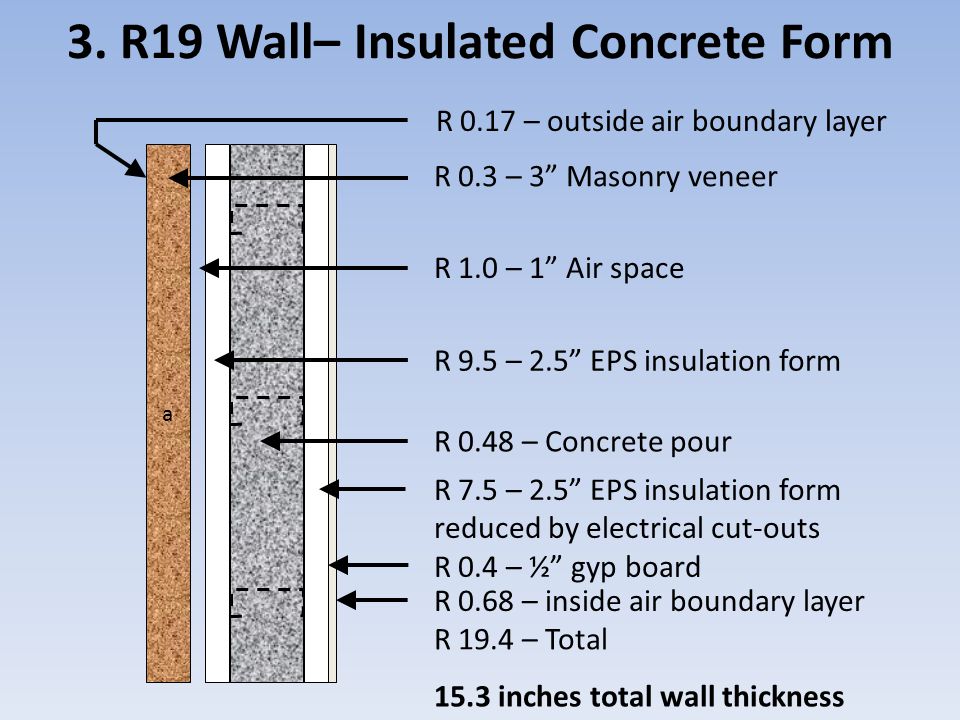
If you have sidewall damage on a tire, I would recommend having it replaced as soon as possible by a qualified mechanic. Don’t try to save money on repairing sidewall tire damage, it’s not worth it!
Learn more:
Was this article helpful?
YesNo
Radial tires continue to increase their market share in the heavy off-highway segment as the number of companies appreciating them continues to grow.
In America and Europe, while on construction sites, the distribution of market coverage of both types of tires is approximately the same, but the share of radial tires is gradually increasing. In Russia, diagonal ones are still in great demand. But it is interesting how quickly the Western trend will spread to our construction sites.
Your choice of both radial and diagonal tires for construction vehicles starts here
A pattern can be traced: the larger the equipment, the more often radial-type tires can be found on it. In the West, they believe that their predominance in the construction industry is only a matter of time.
Thomas Bennet, a representative of Michelin, describes the current state of affairs as follows: for vehicles with a size of 23.5-25 and less, radial tires now account for about 40%, but in the large-size segment (26.5, 29.5) the percentage ratio reaches 50/50, and for large mining machines - about 80%.
Read also interesting tire market news
This trend is driven by the advantages of radial design for many applications. Although the initial purchase price is usually higher, the end result is almost always a lower total cost over the life of the vehicle, states Bridgestone's marketing manager. Radial tires provide better traction and flotation, are more resistant to cuts in the tread area, plus run cooler during service cycles.
Their properties translate into slower wear and a smoother ride.
These characteristics make them a very attractive choice for transport equipment such as articulated haulers and rigid trucks. For transport equipment, the service life of tires is very important, since this significantly affects the final economic feasibility of the purchase.
Special equipment involved in construction works at high speeds and carries huge loads. These loads also affect operators. Therefore, in addition to better grip, less heat generation, lower rolling resistance, it is also important to increase operator comfort and create better working conditions.
Owners of wheel loaders and scrapers are also gradually moving to radial. In Europe, most forklifts are already equipped with these tires due to longer tread wear and ultimately driver comfort, as long-term savings and better working conditions for people are a big focus there.
Strength and cut resistance
Radial tires are 80% more resistant to cuts and punctures.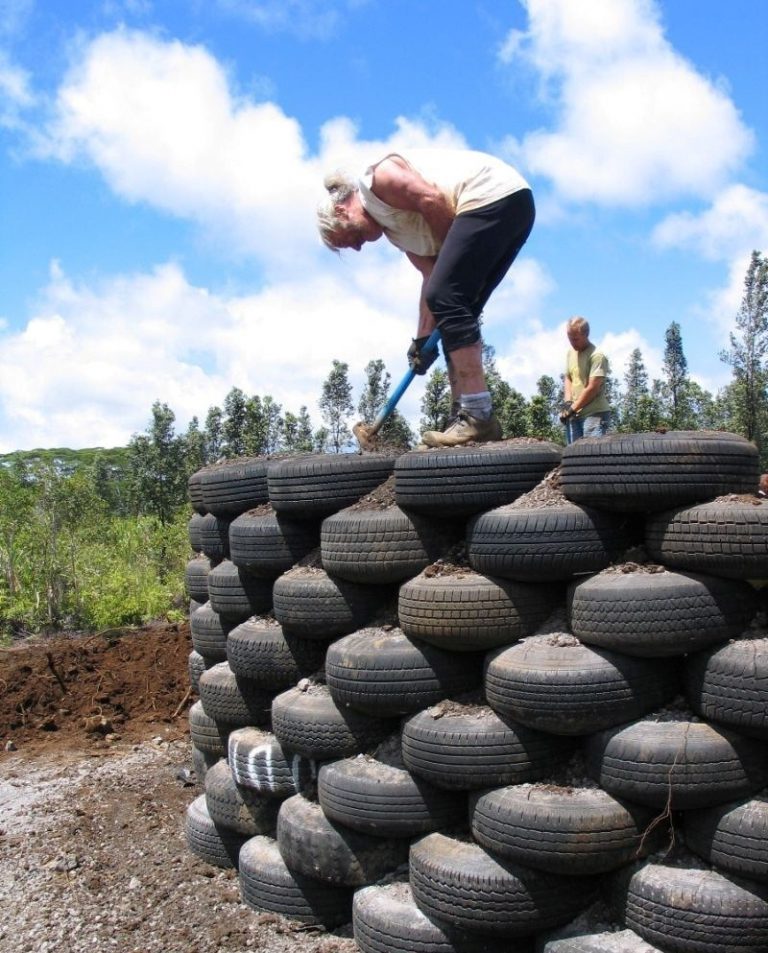
The basis of the diagonal is rubber-coated, crossed at an angle of 30 degrees, strong threads (usually nylon). This design forms a single working unit.
The second type of construction involves 2 parts. The body consists of a single layer of steel wire, dressed in a layer of rubber, and laid parallel to each other from one sidewall to the other. Next, several layers of wire, folded into "ribbons", are placed under the tread to stabilize the contact area with the road. These breakers provide reliable protection against cuts and punctures.
That is, RSH is protected from deep damage by many layers of steel wire, while LH is protected by nylon weaves.
If the cut nevertheless happened - in this case, the RSH are more suitable for repair. If the radial is damaged, only a small area is usually affected, while a cut in the diagonal means damage to 25-35% of the overall structure (a cut in it is often compared to a skein of thread, when damage in one place leads to a loss of overall shape).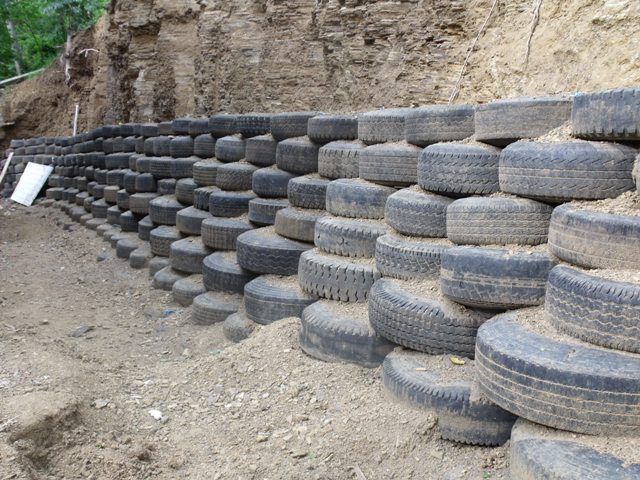
But there are applications for which LH will still be preferable. Diagonal ones have thicker sidewalls, respectively, are better protected from side damage. That is, this is a more correct solution for loaders working on rocky uneven areas, for example.
Clutch
The difference in design also has a big impact on traction. Since the diagonal is built as a single element, when the sidewalls deviate, the tread compresses and deviates (the middle protrudes) - this contributes to uneven wear.
The design of the radial tires allows the sidewall and tread area to work independently of each other. Here, the tread fits tighter, forming a much more uniform and wider contact patch, and, accordingly, better grip.
An example would be a tire on a backhoe loader. Radial tires on a loader in soft ground do not rotate when digging. If the tread does not scroll, it wears out more slowly.
Ride quality
Ride quality varies considerably by type. RHs provide a smoother ride when LHs give more stability in the sidewall for certain applications.
RHs provide a smoother ride when LHs give more stability in the sidewall for certain applications.
Sidewall stability prevents trucks from rocking back and forth when loads are lifted high.
But the smoother ride of radials often translates into better performance for many types of equipment. Their sidewalls are more flexible and give more vertical deflection. This isolates the operator and the machine from feeling any surface irregularities.
Heat resistant
Tires are made from a mixture of different materials. In many cases, several types of rubber are vulcanized to obtain the desired characteristics. If the tire is heated to the curing temperature, it begins to lose its properties.
When overheated, the tire does not return to its previous state, but goes into another, with completely different properties. The rubber may become brittle or other problems such as coking may occur.
Heating can be checked by monitoring the air pressure after operation - hot pressure.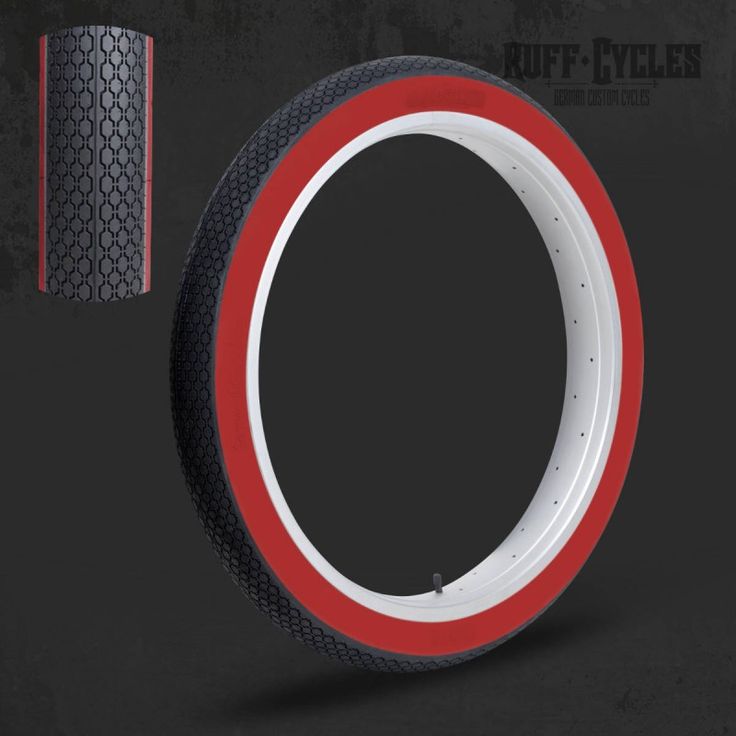 A good rule of thumb is that the increase in air pressure during operation should not exceed 25% of the initial pressure.
A good rule of thumb is that the increase in air pressure during operation should not exceed 25% of the initial pressure.
Radial tires dissipate heat better, allowing them to travel faster over long distances.
Operating costs
Calculating the total life cycle cost of a rubber is the only true measure that will reduce operating costs. Buying what is cheaper and saving that way is short term thinking.
The cheaper LH will not last as long as the RH. Often the radial outlasts the diagonal by 2 times, and sometimes even by 6-7 times, depending on the application.
Another common mistake is to buy replacement rubber only when the used one has already become unusable. This leads to buying what is available rather than what is best.
Of course, it's not just the design. For example, Michelin makes nine different radial tires to fit the Caterpillar 950 loader, each of which can be optimal in different conditions.
In addition to the obvious savings associated with choosing the right tires, there are potential performance and premature machine failures that can cost far more than was saved on the cheapest tires.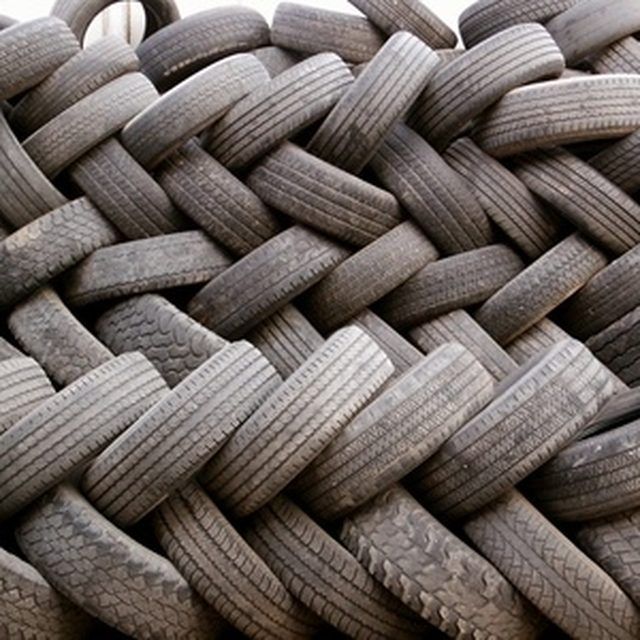
This year in my area I have seen a lot of people using fat tires on paved bike lanes and roads when there were no fat bikes before. I also see a lot of these bikes in grocery stores. It's summer now, so there's no snow.
I'm curious about the benefits of fat tires beyond the obvious off-road capability. Is it just a weird quirk, or is there some advantage to having a fat tire over a hybrid or road bike?
Premier Bromanov
2015-07-16 19:48:25 +0000
What you are seeing is probably a mixture of convenience and the widespread popularity of fat bikes, not actual "advantages" etc. If someone only has the resources for one bike and they chose a fat bike because they like versatility, you can see why they would take that bike to the shop. It's easy to bet that a fat bike can go off-road, through snow and sand, and, of course, to the store. A road bike can't do it all.
A road bike can't do it all.
In addition, wide tires are generally more comfortable. I could shed some weight and increase my speed a bit by running ~30mm tires, but I choose to run 40mm tires most weeks because they handle bumpy roads and gravel with comfort and ease.
Scott Hillson
2016-10-28 01:30:03 +0000
I train a lot on my fat bike, typically 50-70 km (30-45 miles), usually on many hills on and off road.
The benefit is that when I get on my carbon road bike I notice an improvement in power and endurance.
George Solomon
2015-07-17 06:55:14 +0000
For most people I've seen ride them, it's because they're harder to push. The 4-inch thick tires also have thicker walls, so bending them requires more force, in addition to a significant increase in angular momentum. This means commuting to work requires more effort.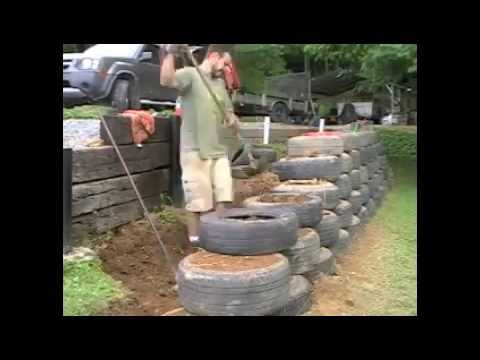
It's worth noting that many of these people also ride their fat bikes off-road, sometimes quite ridiculously. Australia is well stocked with "ridiculous off-road" and many of them can't ride on skinny 2-inch tires.
IME 4" tires are not much more comfortable than 2" tires, but 4" tires are much harder to push. 4-inch tires also lose traction more easily on hard surfaces due to their (generally) harder compound and lower ground pressure.
Nui
2015-08-21 04:34:06 +0000
Since owning my fat bike (with 4 inch tires) I haven't ridden a mountain bike.
A fat bike is a bit heavier - but when I add more air pressure I can't tell my mountain bike from a mountain bike. On a Fat Bike, it's all about air pressure for different rides. On asphalt, add maximum air pressure for less rolling resistance.
Tires with 60 t/d (120 t/d ride better for lighter riders) ride great, and with the right air pressure off-the-corner mountain bike - more contact rubber around corners - I think.
Tim
2017-12-02 03:55:55 +0000
There is no advantage to cycling with fat tires on the street. 20psi is the max for tires and long distance riding is not the best option. I built my own bike with fat tires and it's a great bike for trail riding, but not a very good bike for street riding. If you really want a challenge put a 5 inch tire with metal spikes on a bike (riding on snow and ice).
Matthew Hardisty
2019-10-15 19:35:58 +0000
fat bike in many ways safer in because:
 This moves you further away from the cars, and off-road tires can easily get caught in grass or dirt on the pavement if needed.
This moves you further away from the cars, and off-road tires can easily get caught in grass or dirt on the pavement if needed. JakeD
2017-11-30 06:22:35 +0000
My application is only focused on street driving, which is your question.
Greetings.
I haven't ridden a Harley or a Honda, but consider a Honda Interceptor road bike. The spoiler is quick and snappy and great for short trips and round trips, however, when traveling long distances with motorcycles, riders appreciate the stability of a heavy bike, and this is a fat bike.
The first time I rode a fat bike, I immediately noticed more stability and control over the bike, not to mention a comfortable ride. The fat tires seemed to absorb all the road shifts I feel on my bike. I felt very attached to the road, which may be due to the fact that there are more fat tires in contact with the road than in contact with the road.
About as soon as I got up and started driving, I spun around and went back to the shop asking if there were any variations.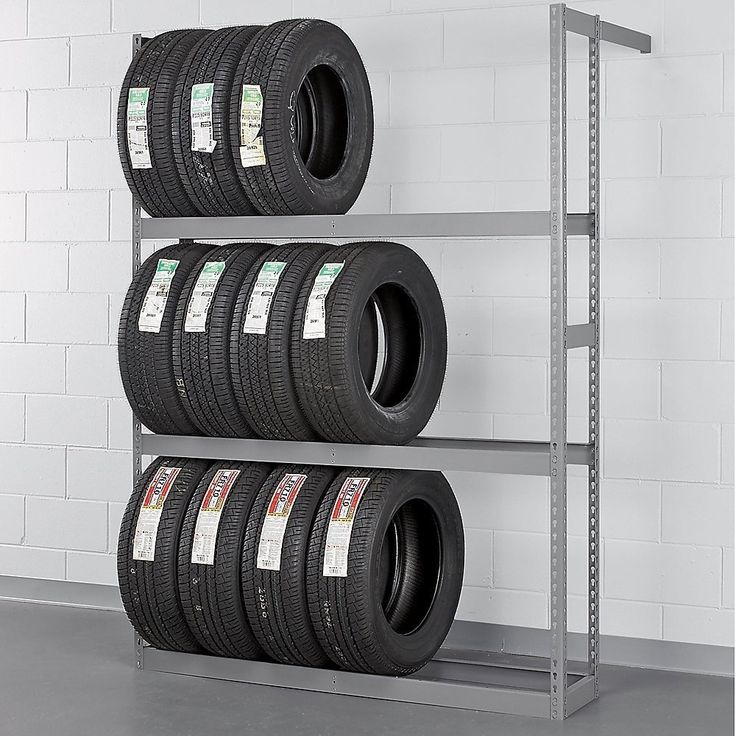 I bought the Orange on White model from a catalog and had to wait a few months to get it. I didn't mind because I was sure that I would never have another apartment again. To date, she has not let me down.
I bought the Orange on White model from a catalog and had to wait a few months to get it. I didn't mind because I was sure that I would never have another apartment again. To date, she has not let me down.
When it was assembled and ready to ship, I was amazed at how beautiful this bike was. The photos in the catalog do not do this bike justice. I would get compliments, sometimes multiple compliments, every time I took the bike out.
I should add: This fat bike is a street bike that comes with a lifetime warranty from Giant. It only becomes invalid when the bike is removed from the road. The lifetime warranty is a huge purchase advantage.
I think the Rocker 3 was designed to be an urban cruiser, which explains to me now, the random design for a framed water bottle holder, and the Momentum line accent.
On a flat surface, the bike has a fast momentum, picking up speed quickly. However, you will notice even the slightest lean uphill as the extra weight of the bike immediately becomes your burden for you to get ahead.